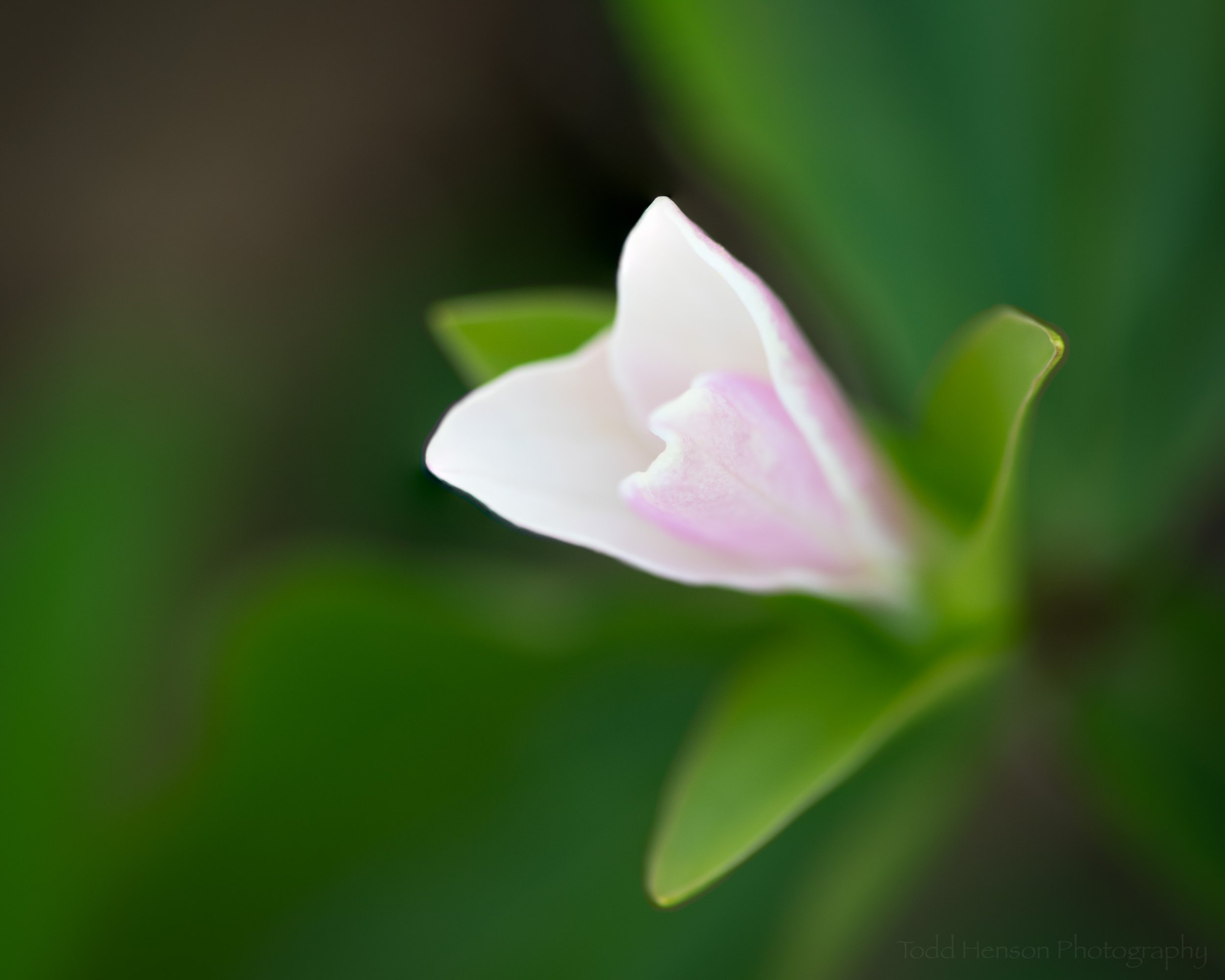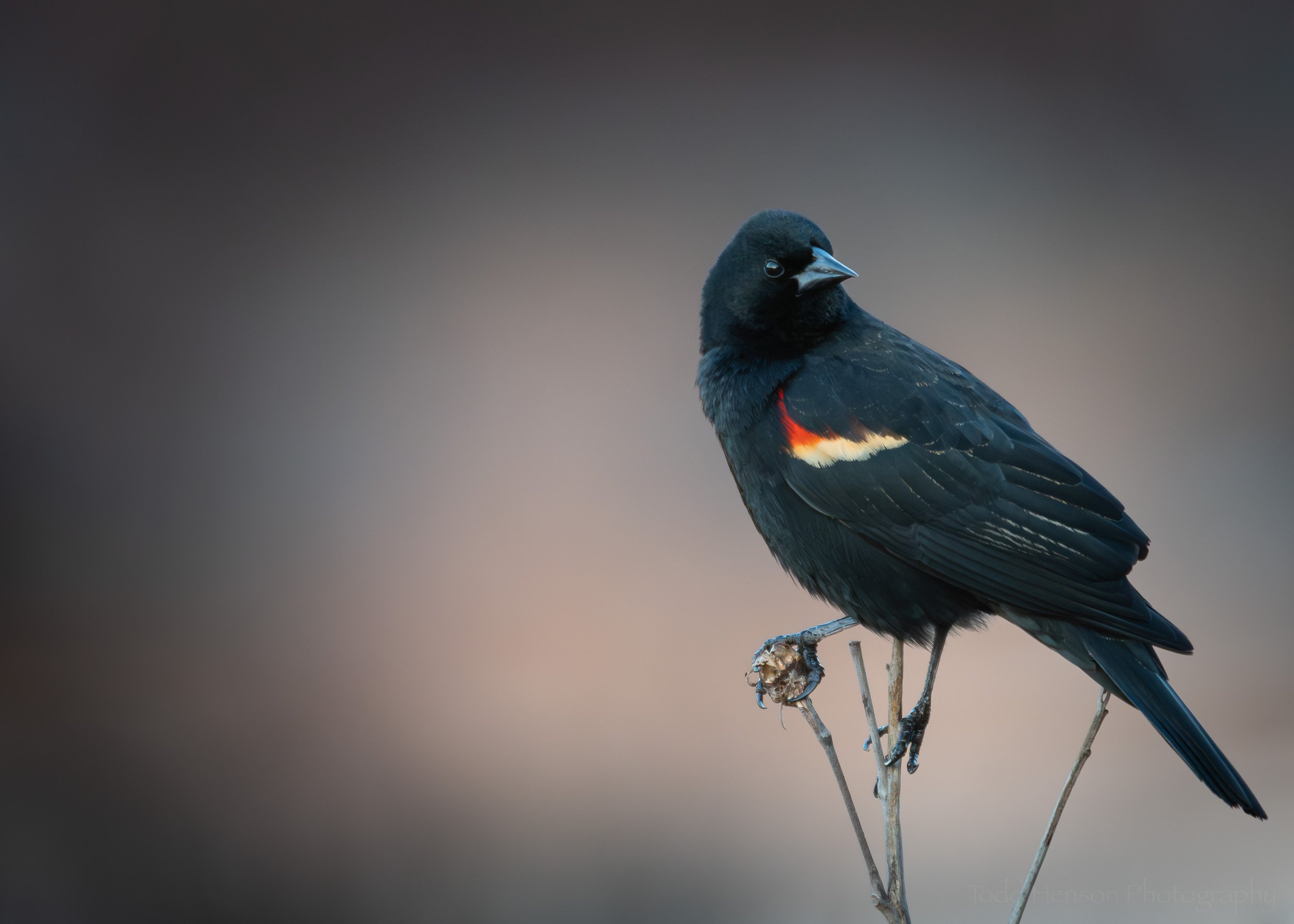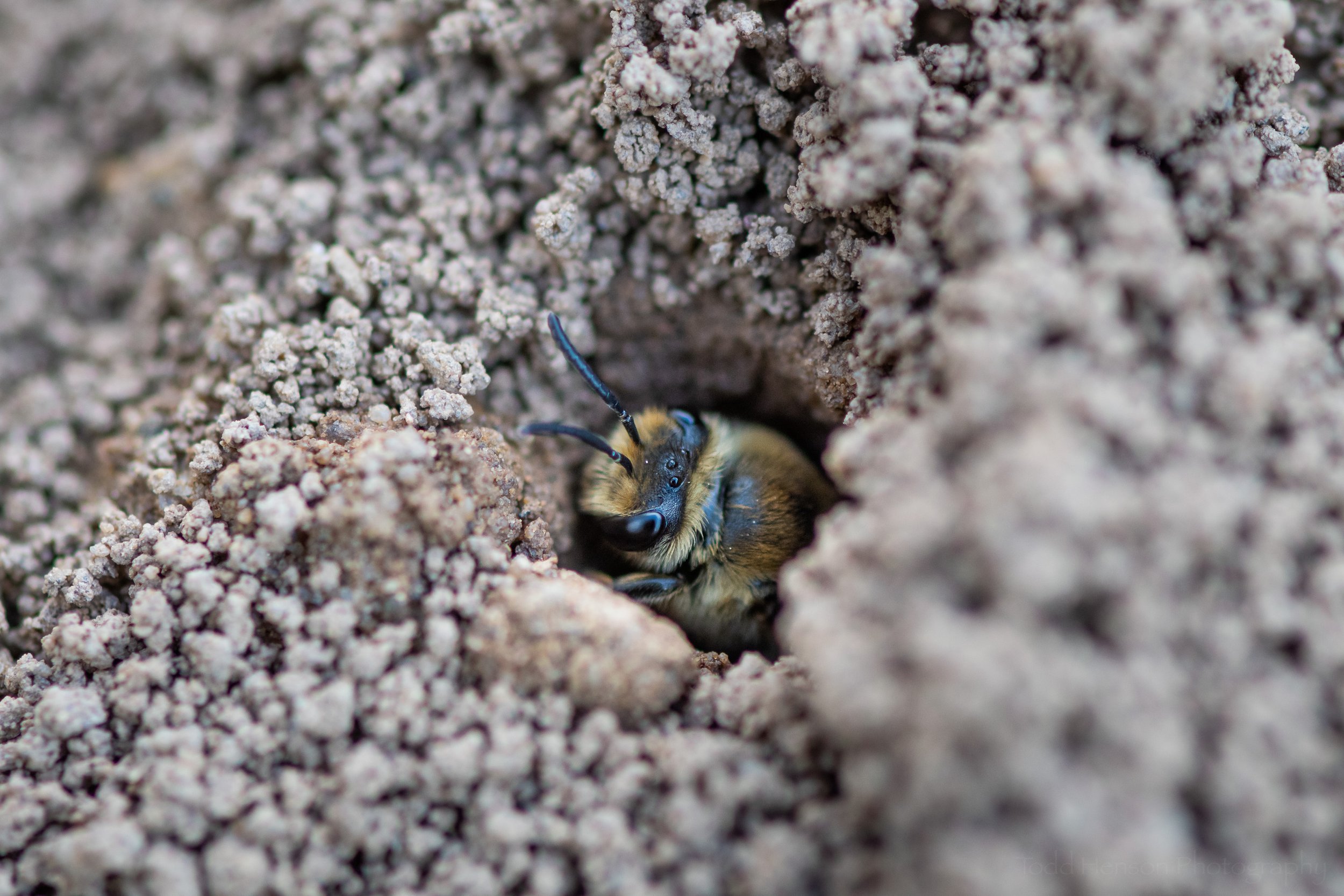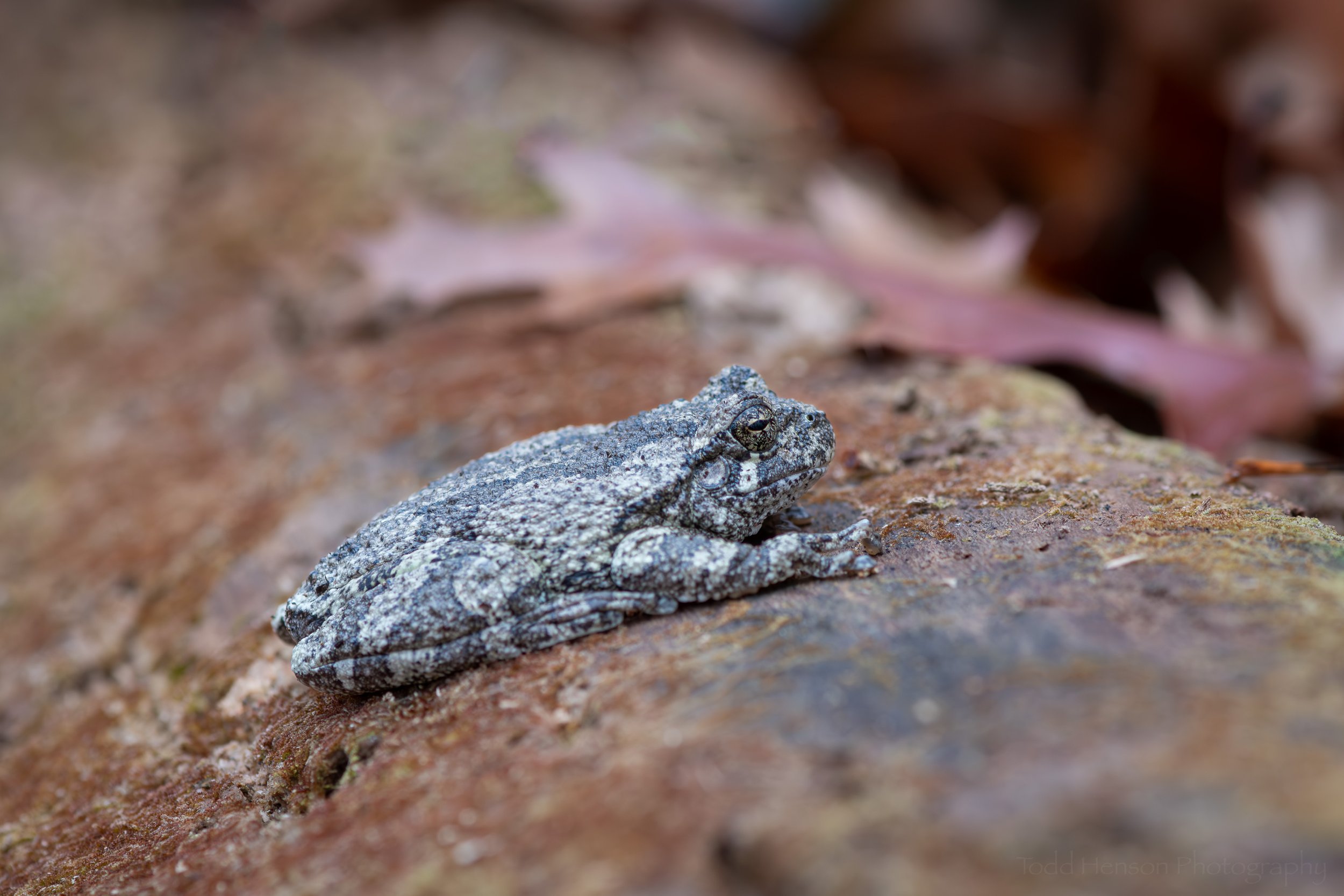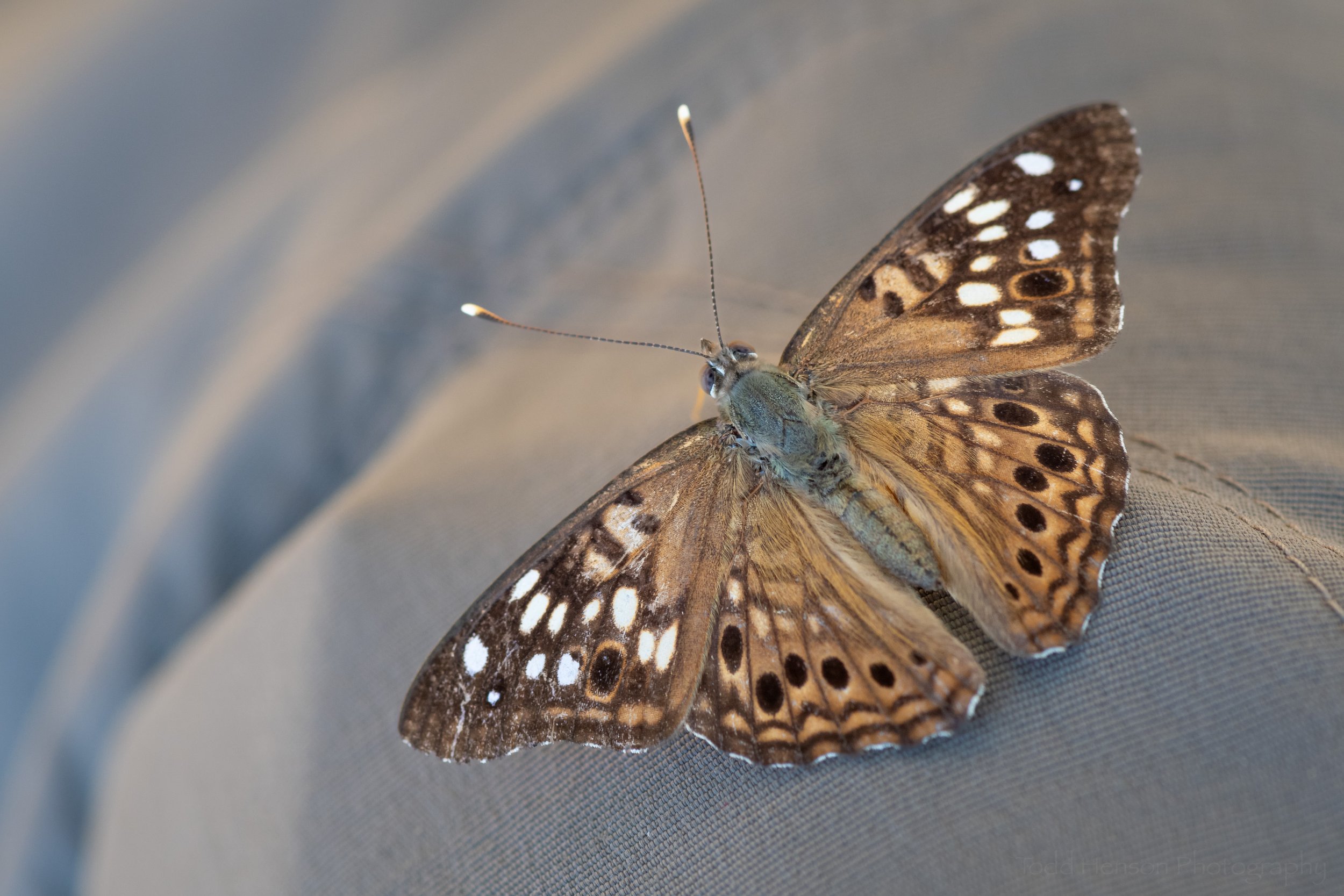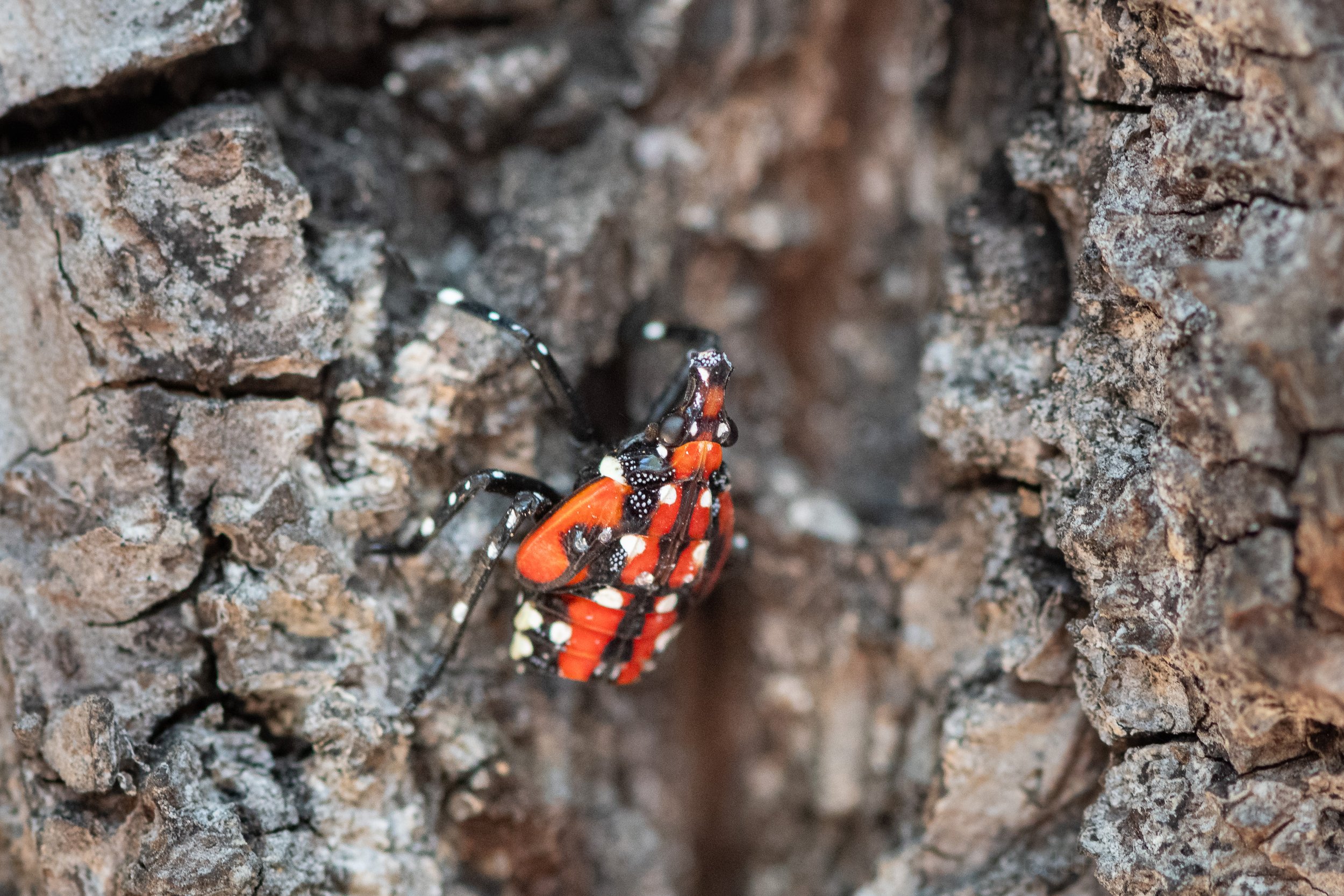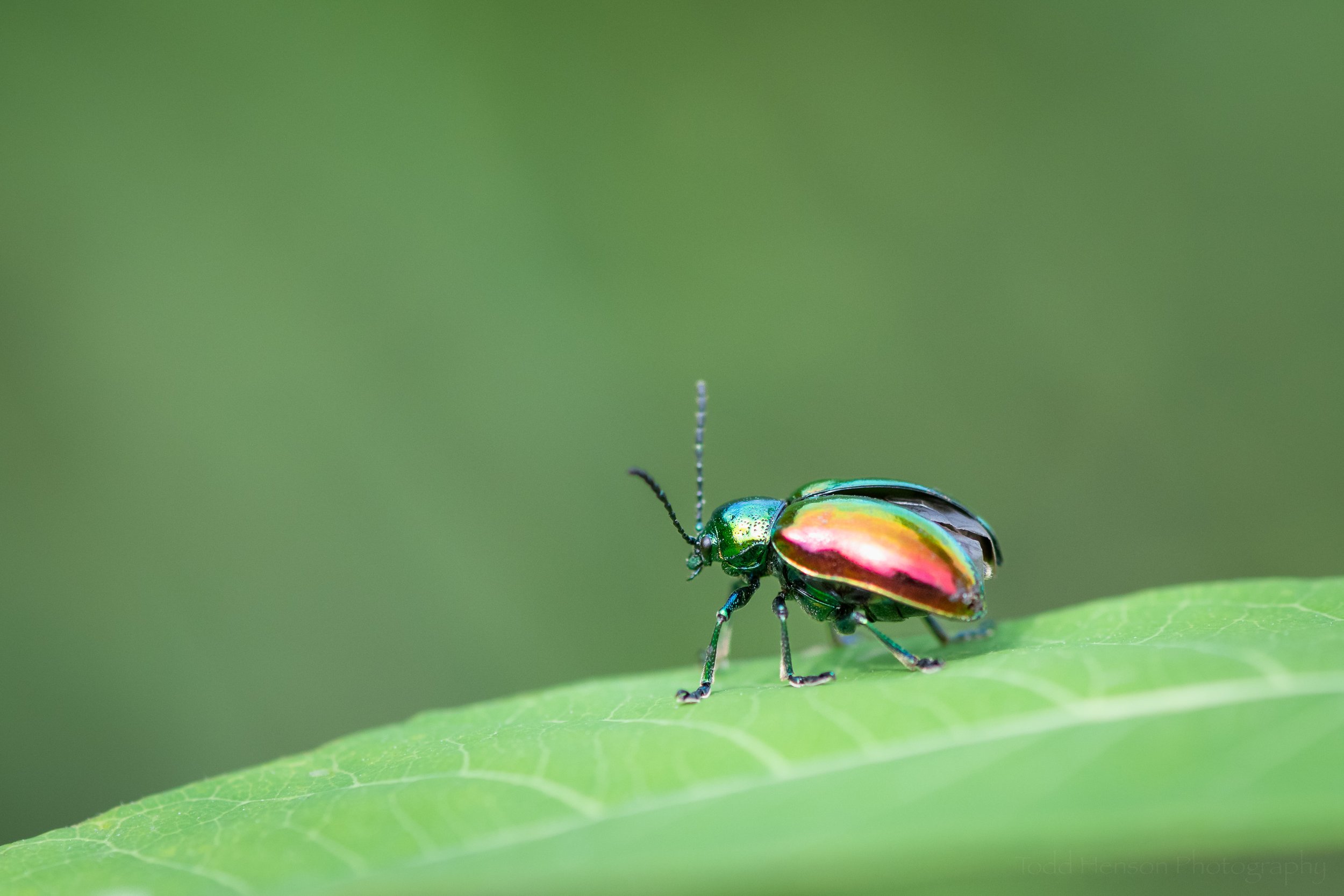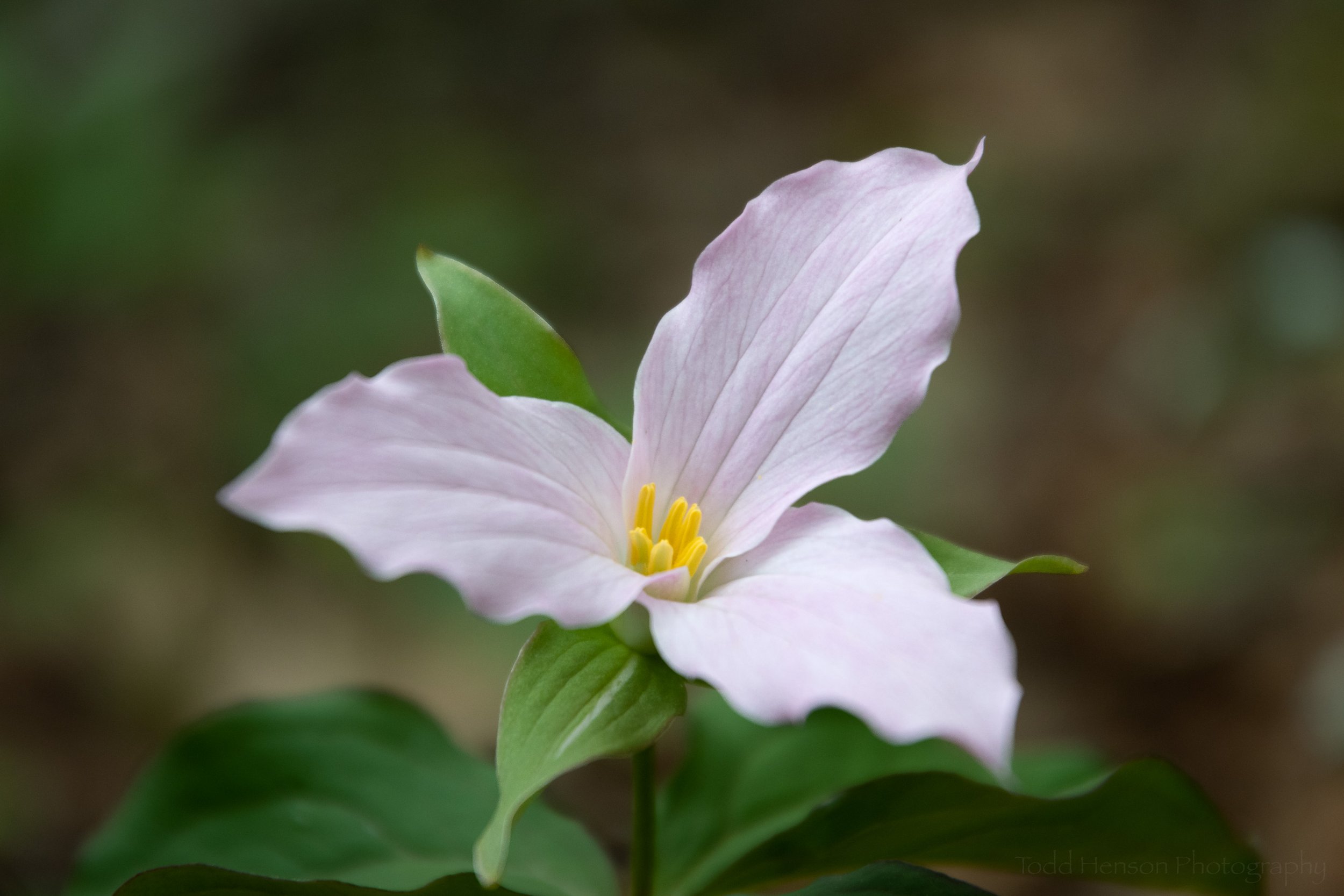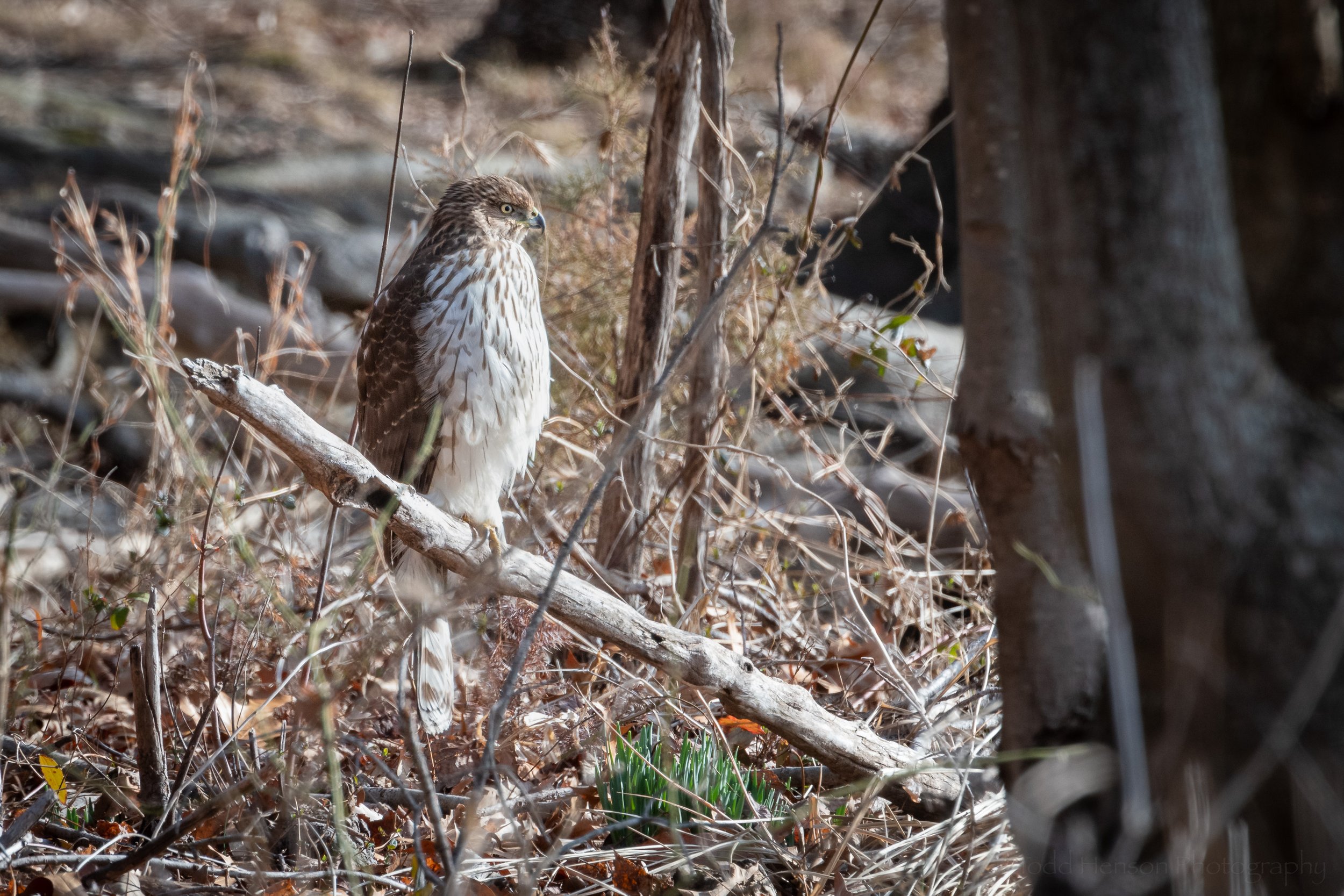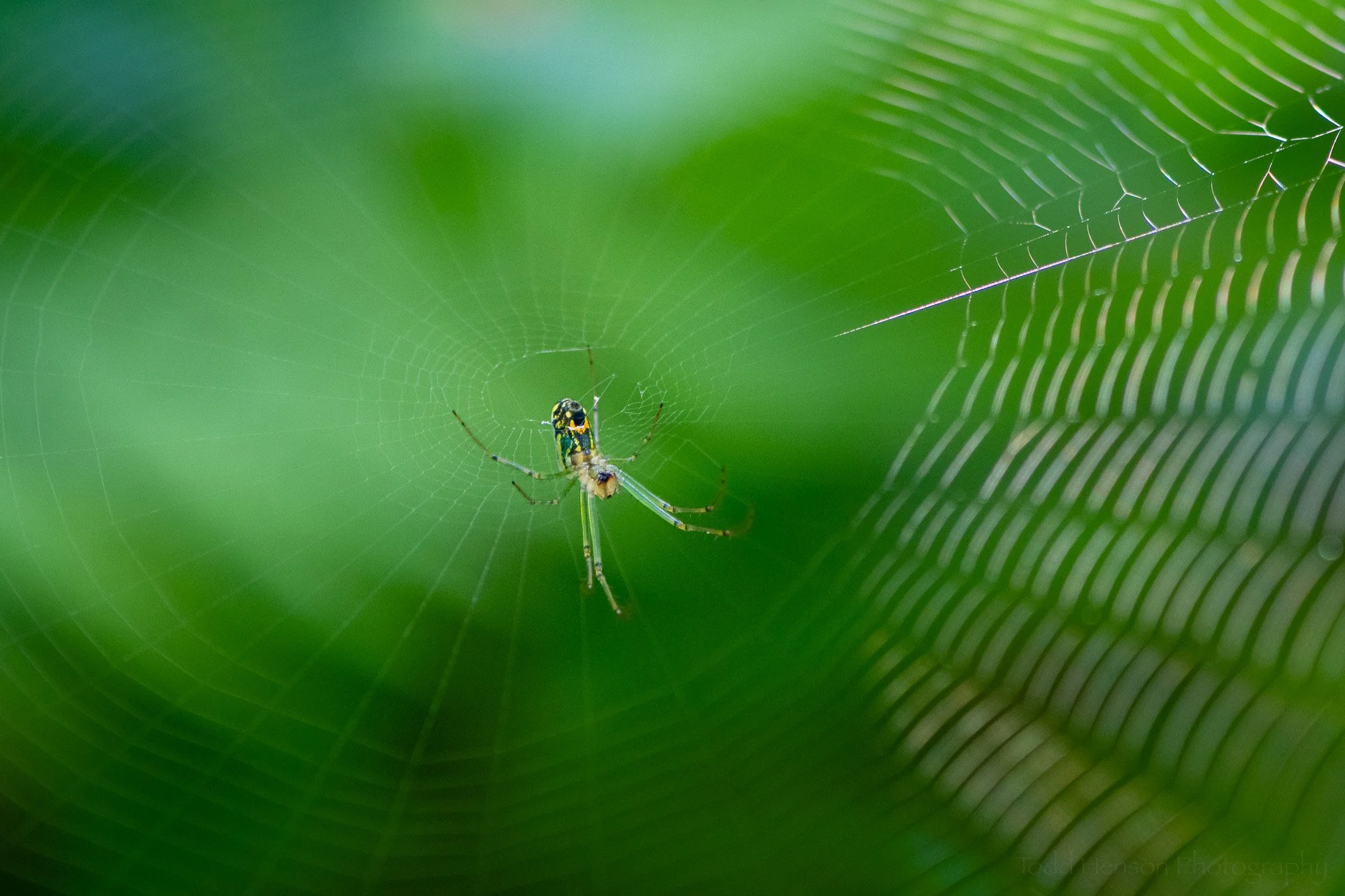Nature is full of such incredible diversity of species. Some have evolved to stand out from the rest with bright and bold colors, while others have evolved to blend in, to remain hidden. Today we take a quick look at a small number of species and their natural camouflage. In some cases this camouflage might help a species elude predators, but interestingly, sometimes the predator is camouflaged to avoid the notice of its prey until it’s too late.
See if you can find the creature in each photo. Some are easy as I’ve moved in close to showcase the species, but others might be a little more difficult as I’ve stayed away to demonstrate how they can blend into the environment.
Click on any of the photos for a better view.
This young mantis might need to blend in to avoid other predators, but being a predator itself this also helps it catch its next meal.
Green on green, a young mantis
This moth, what I believe to be a tulip tree beauty, blends in very well with the tree it landed on, especially when seen at more of a distance. If I’d not seen it flying I might not have noticed it when walking by.
Tulip tree beauty (moth)
Here we have an example of a predator, a goldenrod crab spider, trying to blend in on this rue anemone flower, hoping to catch some insect by surprise.
Rue anomone and goldenrod crab spider
Some frogs blend in well with their surroundings, as can be seen with this pair of southern leopard frogs. They blend in even better when closer to some greenery.
A pair of southern leopard frogs
Blending in with the dirt and rocks it dug its way out of might help this newly hatched snapping turtle survive long enough to find water.
A newly hatched snapping turtle quickly moving towards water
If not for a slight bit of movement I’d likely never have seen this little brown skink, it blends so well with the background.
Looking down on a little brown skink
In this second photo the skink had heard the shutter of my camera and looked up at me, making it a little easier to see.
The little brown skink looks up at me. Needless to say, it didn’t stick around after seeing me.
Eastern fence lizards are masters of camouflage and this one picked a perfect location to blend in.
Can you see the eastern fence lizard?
As can be seen in the second photo, even when zoomed in much closer it still really blends in well with the tree.
Even up close this eastern fence lizard blends right in
Sometimes the red head of a broad-headed skink helps it stand out. But when seen against a backdrop of fallen leaves it helps it blend right in.
Looking down on a broad-headed skink
Fowler’s toads are another species that naturally blends right in, especially in a scene like this.
Fowler’s toad blending right in
This particular Fowler’s toad is lighter in color than the previous one, but it still blends right in.
Another Fowler’s toad blending right in
This was but a small sampling of the many ways different species use natural camouflage to blend in with their environment. But you can still find these species if you know what to look for, if you learn their patterns and where the different species like to hide. So keep your eyes open next time you’re out in nature. See if you can find a species trying to blend in.
Do you enjoy these posts?
Sign up to receive periodic emails with updates and thoughts. Don’t worry, I won’t spam you. And please consider purchasing artwork or products from my online store, and using my affiliate links in the sidebar to the right when shopping online.
I appreciate your support!





